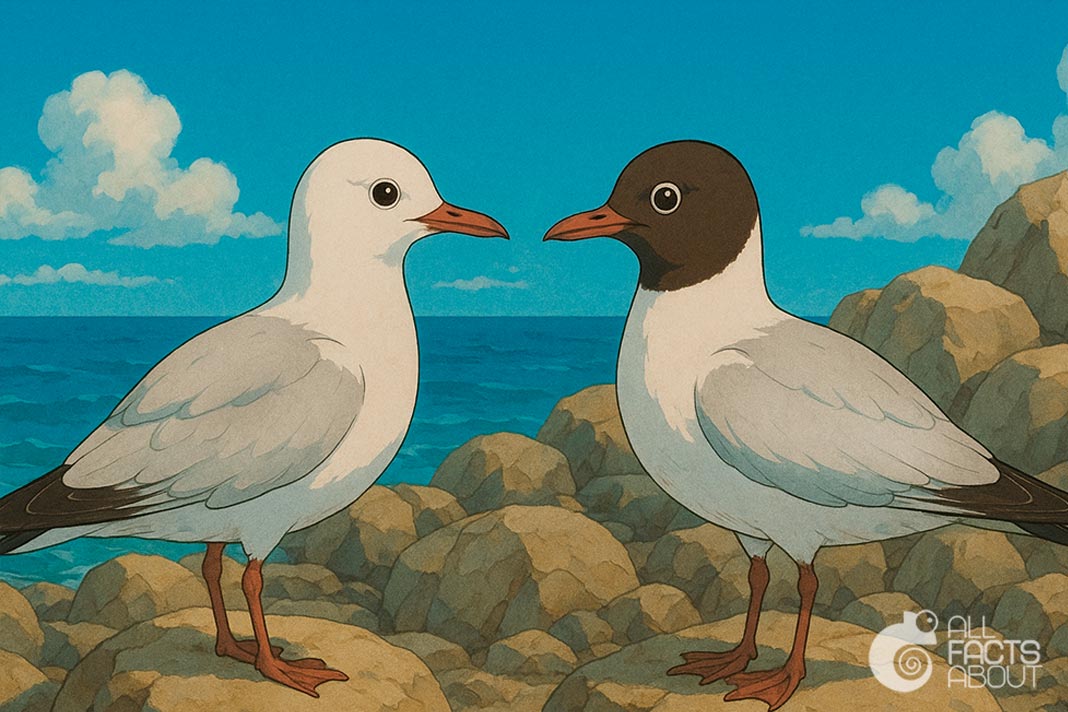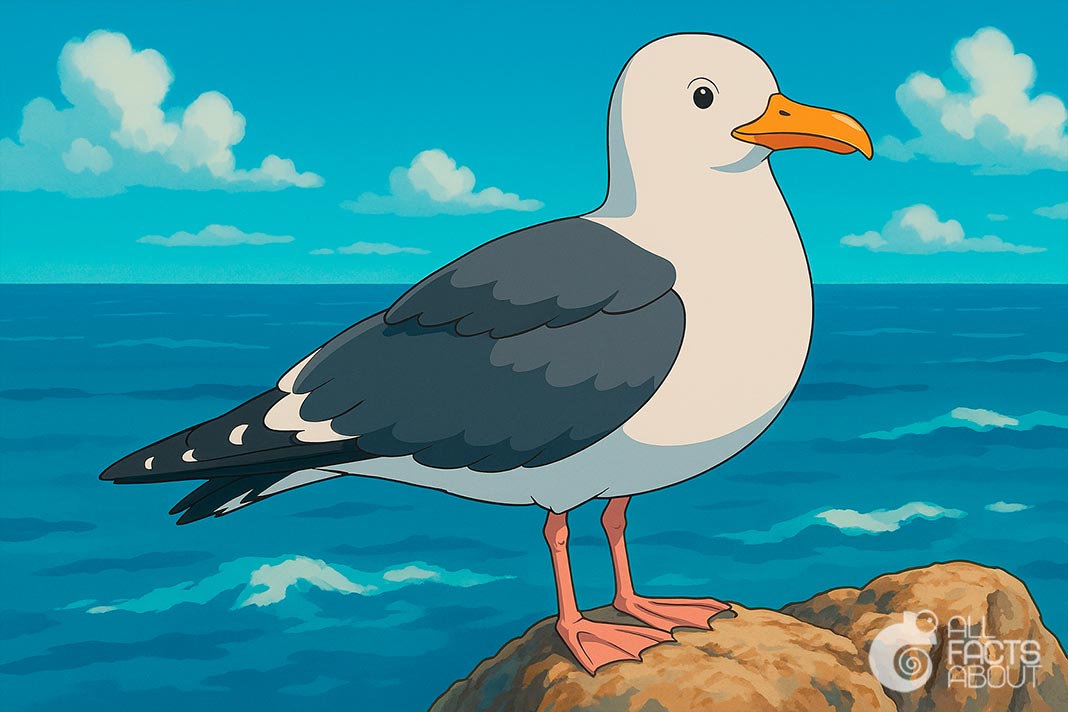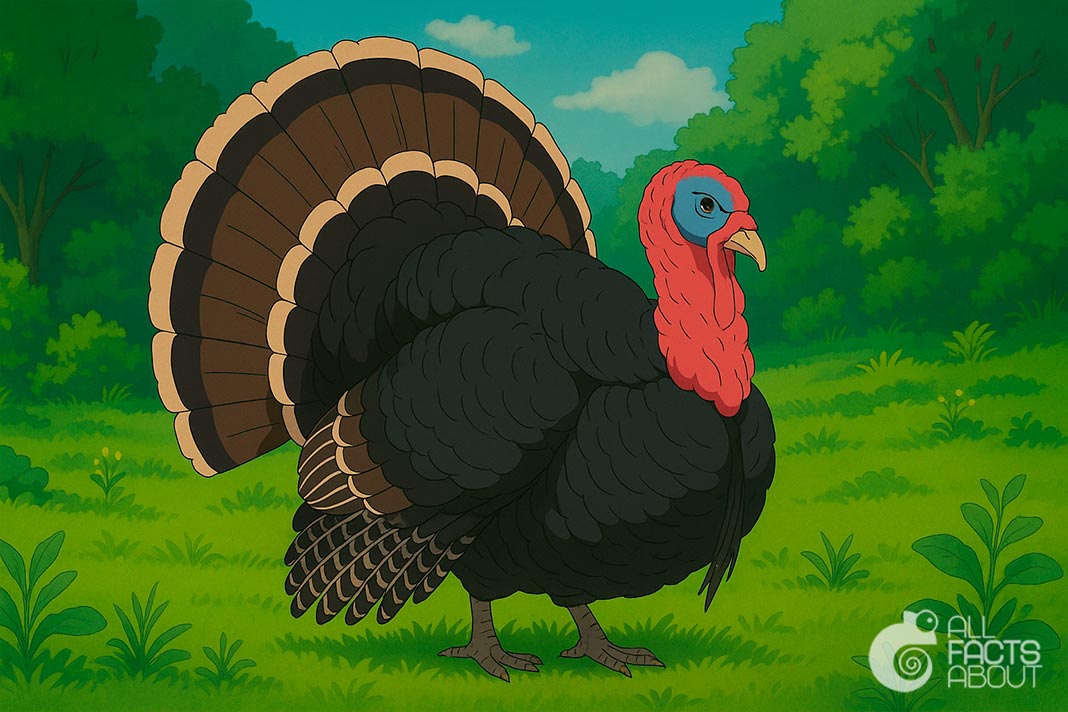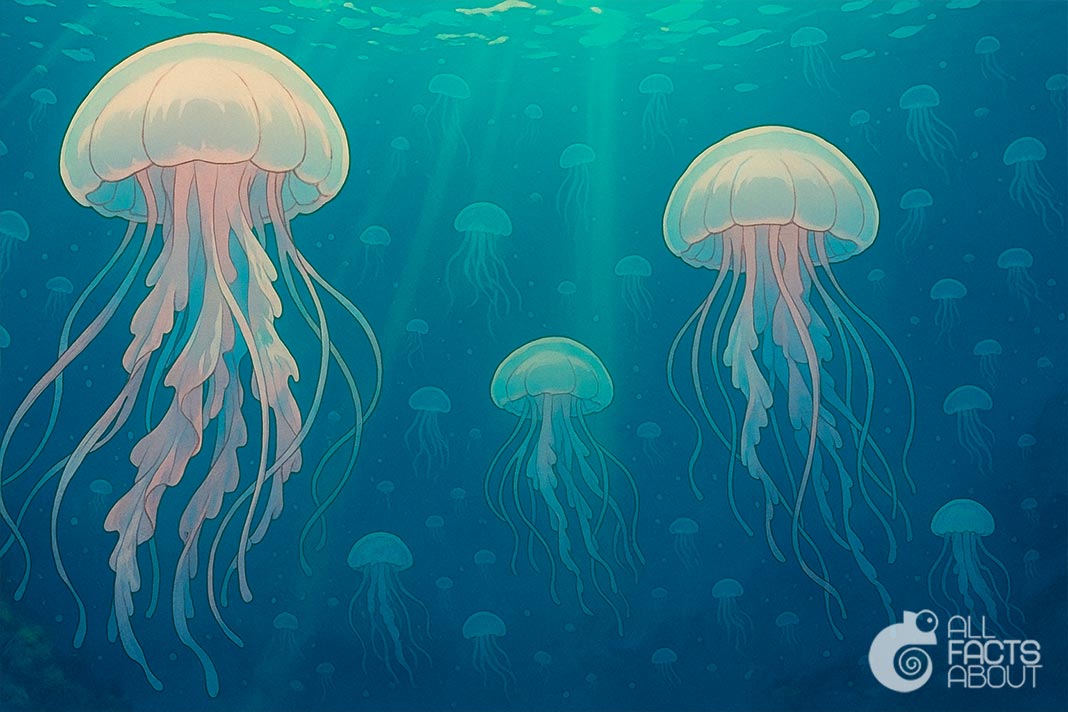Seagulls are intelligent and adaptable birds commonly associated with coastlines and oceans. But there’s far more to these resourceful creatures than just their squawking or beachside scavenging habits. From clever feeding techniques to impressive migrations, seagulls are full of surprises.
1. The word “seagull” is commonly used, but there’s no official bird called that. The term refers to various species in the gull family, Laridae, which includes over 50 different types found all over the world.
2. Seagulls are highly intelligent birds known for using tools. They’ve been observed dropping hard-shelled prey like clams onto rocks or roads to crack them open using gravity or passing cars.
3. These birds are expert thieves. Seagulls can snatch food from other animals or even humans, using quick reflexes and strategic distraction techniques to get what they want.
4. Gulls can drink both fresh and salt water. They have special glands located above their eyes that filter out salt, allowing them to survive in marine environments with ease.
5. Despite their name, many gull species live far from the sea. You can find them inland, around lakes, rivers, landfills, and even busy cities where food is plentiful.
6. Some gull species, like the black-headed gull, change the color of their heads during breeding season. Their plumage transforms, signaling readiness to mate.

Black-headed gulls can change the color of their heads.
8. Seagull chicks imprint quickly on their parents. Within hours of hatching, they recognize their mother’s call and follow her movements closely, forming a deep early bond.
9. Gulls are known for their loud and varied calls. Each sound serves a different purpose — whether it’s to warn of danger, attract a mate, or assert territory among the flock.
10. Seagulls have excellent vision. They can spot food from great distances and are able to see ultraviolet light, helping them detect contrasts and changes in their environment.
11. Gulls are capable of flying long distances. Some species migrate thousands of kilometers annually, crossing continents to reach their breeding or wintering grounds.
12. The herring gull is one of the most widespread and well-known species, found throughout North America and Europe. It’s often the one people associate with beaches and boardwalks.
13. Their webbed feet make seagulls excellent swimmers. Though they spend much of their time in the air or on land, they can paddle across water surfaces with ease.
14. Seagulls are surprisingly long-lived birds. In the wild, they can live up to 30 years or even longer, especially if they avoid predators and find steady food sources near coastal areas.




